Inti Wara Yassi and Parque Machía
The biggest tourist draw in Villa Tunari is Parque Machía, just across the river from the village. The park is home to a non-profit organization called Inti Wara Yassi, dedicated to caring for sick or previously captive animals. Our visit was a bizarre experience, as interesting as it was troubling, and has become a constant topic of conversation between me and Juergen. Rehabilitating wild animals is usually an inarguably noble endeavor. But with Inti Wara Yassi, we’re not so sure.
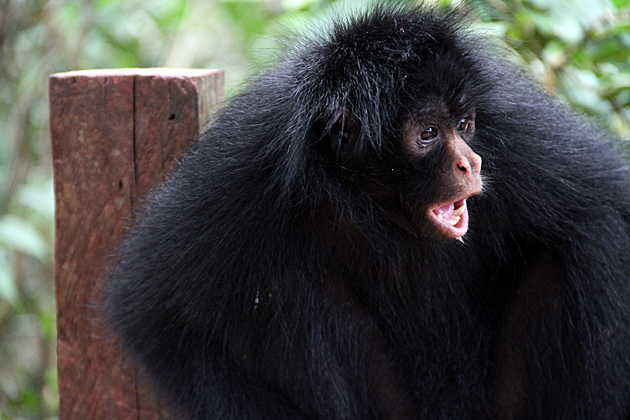
We arrived at Parque Machía on a Thursday morning, intending to walk along the tourist trails, and hoping to see some of the animals being cared for. But the park had been closed indefinitely to visitors. “And anyway”, a volunteer tersely told me, “the animals are off-limits to tourists.” Spotting a couple monkeys on top of a fence, we started snapping pictures, prompting him to yell that photographs were strictly prohibited!! Geez, dude! Fine! But then hide your monkeys better!
We were able to use our status as “Travel Bloggers” to arrange a meeting with the director of Inti Wara Yassi. She explained that the park is closed to tourists because of the encroachment of residents, who’ve been claiming more and more of the supposedly-protected grounds. Also, the new road which we had seen on our river hike had cut deep into the territory. There was no longer room for both the rehabilitation of animals and tourists.
The director described the program to us, which allows foreign volunteers to live at Inti Wara Yassi and help care for the animals. Volunteers pay $100 a week, and are placed in charge of projects like preparing food, constructing cages, babysitting birds, or even taking pumas on walks. It’s backbreaking work, at least ten hours a day, and the volunteers barely get any time off. But many people love the experience, and stay on for months. Some return year after year.

We met a few volunteers during our tour of the premises (Israeli, German, Chilean) who were all clearly in love with the animals and convinced in the goodness of the work they were doing. The animals often have tragic stories; Capuchin monkeys forced to dance by having their feet burnt; parrots who had lived in plastic bags; tapirs thrown into the river. Many of the animals are so psychologically scarred that they’ll never be released, and the park serves as their permanent home.
But as noble as the program seemed on the surface, something about it struck us as strange. Rehabilitating animals for release into the wild sounds like a job for serious, trained and permanent professionals. Veterinarians. Animal behaviorists. At Inti Wara Yassi, the tasks fall to well-meaning but totally clueless volunteer-tourists, the great majority of whom have never had any training. Yes, you can learn quickly on the job, but try telling that to someone who’s studied six years to be a wildlife veterinarian.
Also troubling is the fact that people must to pay to volunteer. I asked the director about this, and she explained that it’s the only way to ensure Inti Wara Yassi’s survival. They don’t receive other funding, and can operate only with the generosity of volunteers, and ex-volunteers who send regular payments. But I wondered why they don’t go get funding? There must be foundations who would fall over themselves to support a Bolivian NGO dedicated to the rehabilitation of damaged animals.
As we spoke to residents in Villa Tunari, a pattern began to emerge. The common consensus seemed to be that Inti Wara Yassi isn’t exactly as non-profit as it pretends. We heard stories of outrageous veterinary incompetence, and even talked to people who were convinced that Inti Wara Yassi never actually releases any animals into the wild. We left town with the impression that, among normal residents, the organization is considered to be terribly unorganized, primarily concerned with money, and reckless about the safety of the young volunteers in their charge — who are encouraged, for example, to walk wild jaguars around on a leash.

We considered the case of the Andean Bear — a creature which the directors had been proud to show off. When we saw Balú sitting at a bench in the park, he was panting and just looked miserable. He’s a bear! I don’t care if he was named after the “Jungle Book”, even I know that bears don’t belong in a jungle climate. When I asked about it, our guide sheepishly admitted as much. But the bear has been in Parque Machía for years, under the care of a new volunteer every couple weeks. How this can possibly be considered healthy for Balú, I have no idea.
Inti Wara Yassi is a really difficult topic for us. There’s no doubt that a lot volunteers have a wonderful experience here, attested to by the fact that so many return. But a resume of “Good Intentions” and “Love of Nature” shouldn’t qualify anyone for rehabilitative work with wild animals. Online opinion is all over the place; the park has as many passionate defenders as critics. We fall into the latter category. Of course animal-loving tourists want to work with monkeys. But that doesn’t mean they should be allowed to, even if they’re willing to pay.
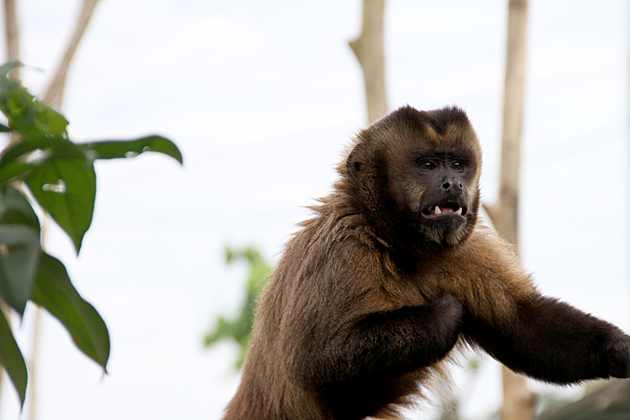
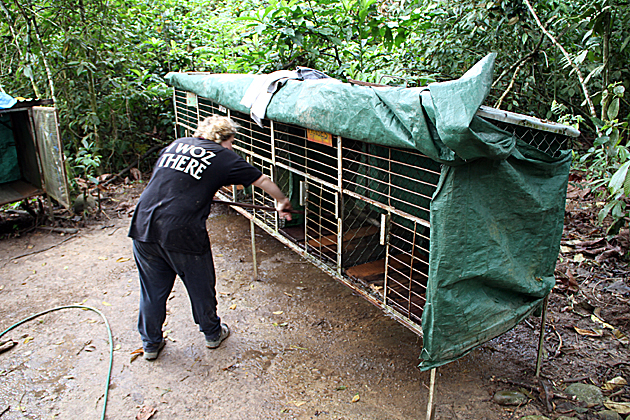
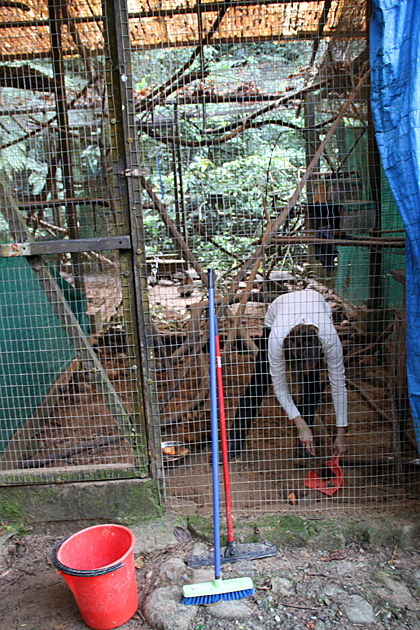
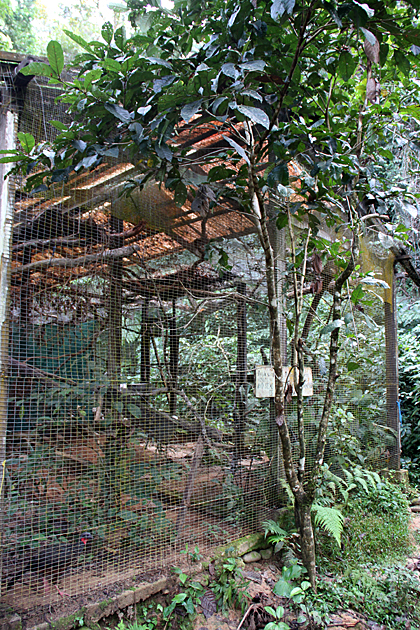
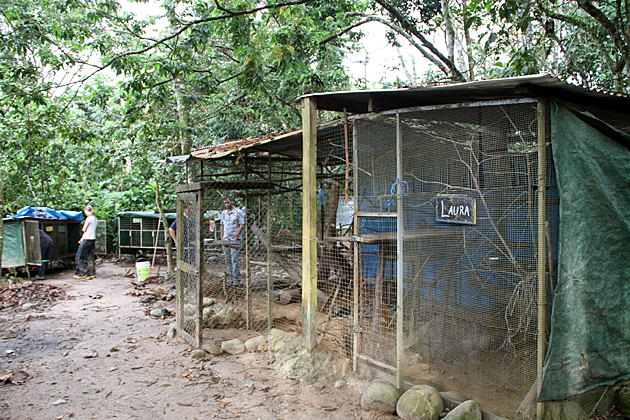
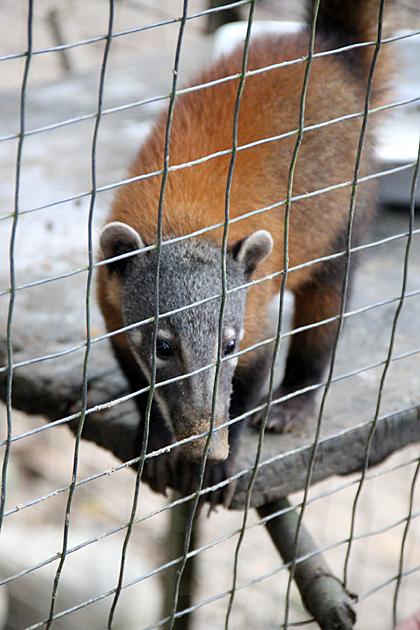
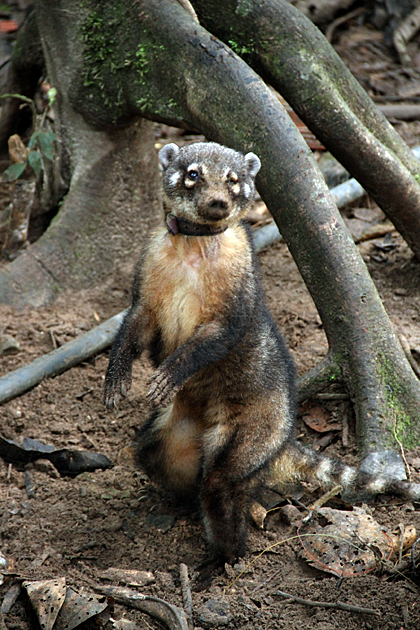
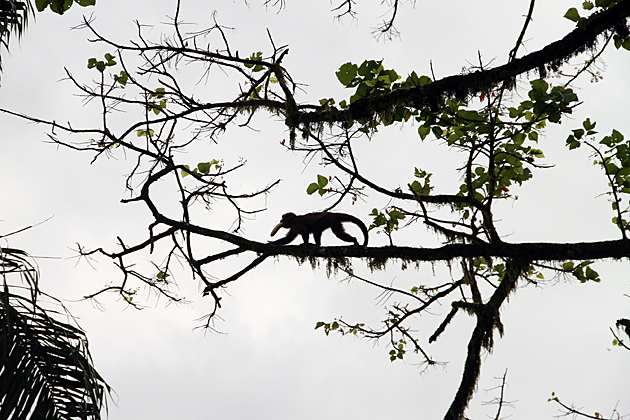
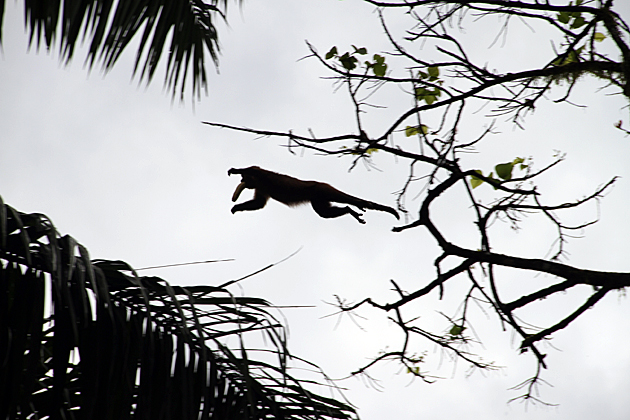
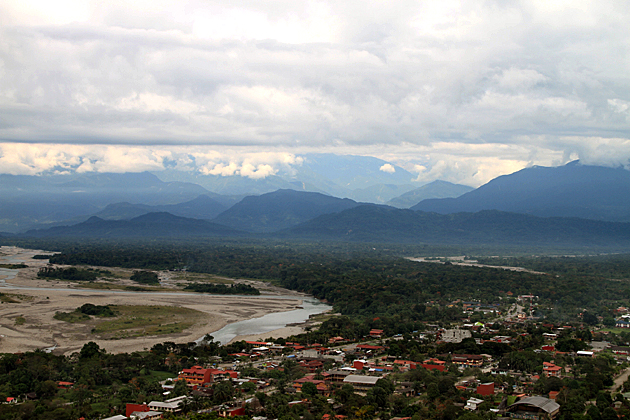

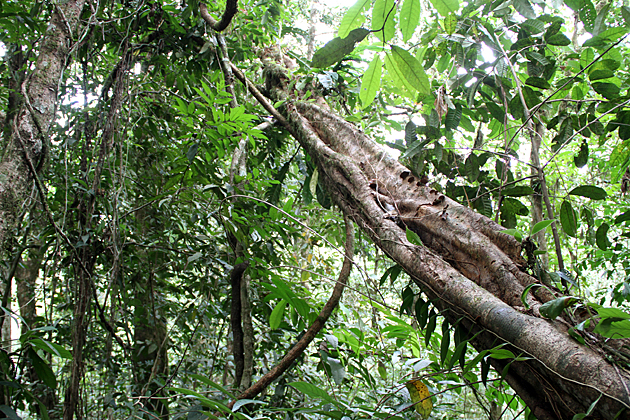
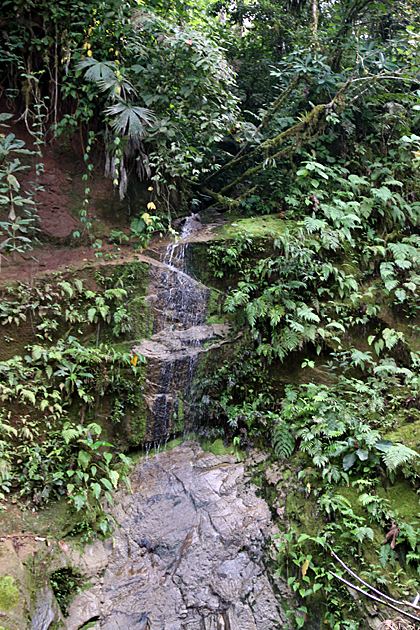
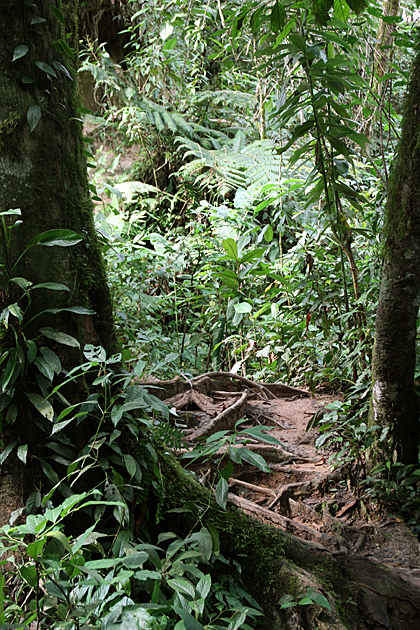
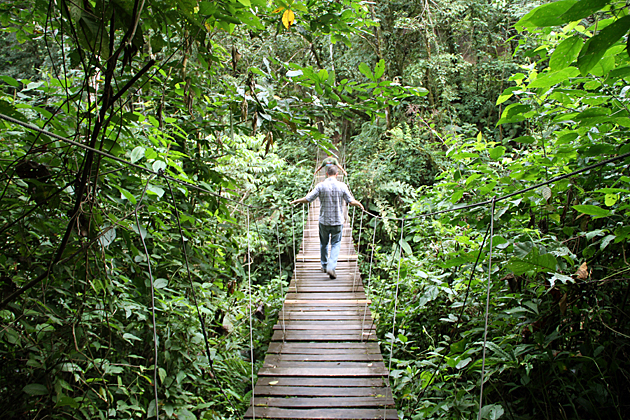
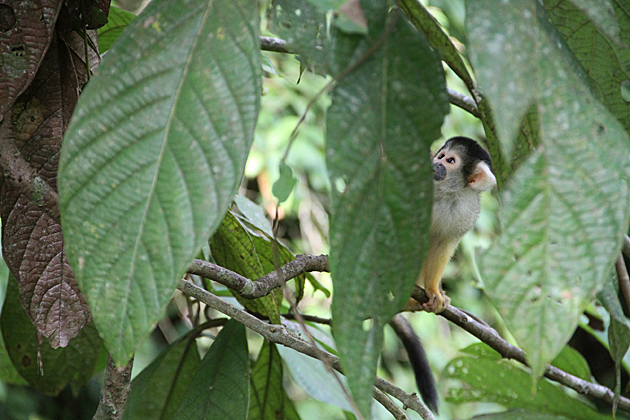
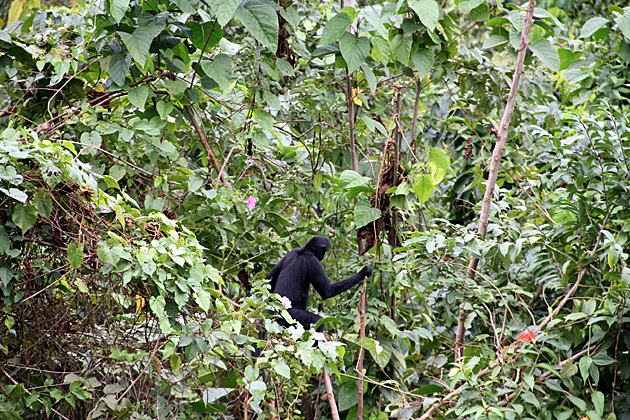

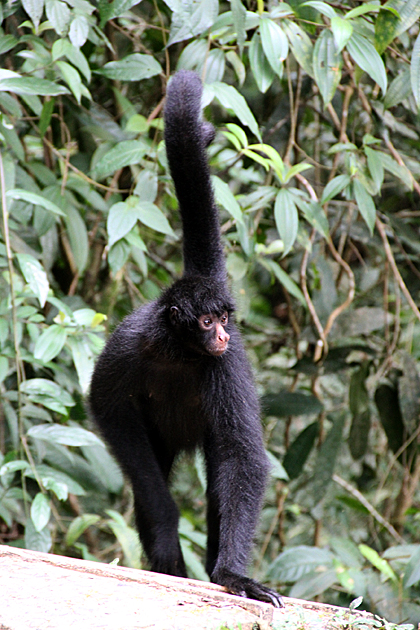
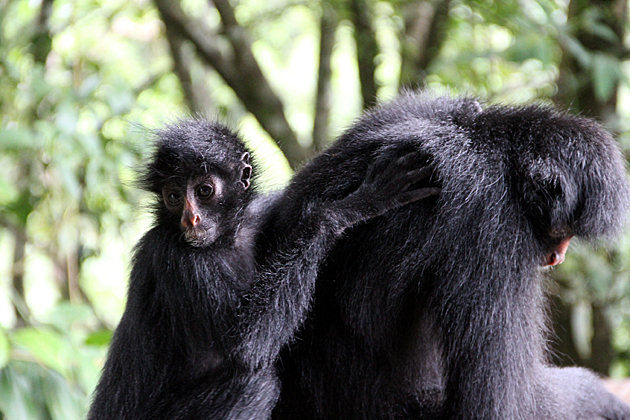
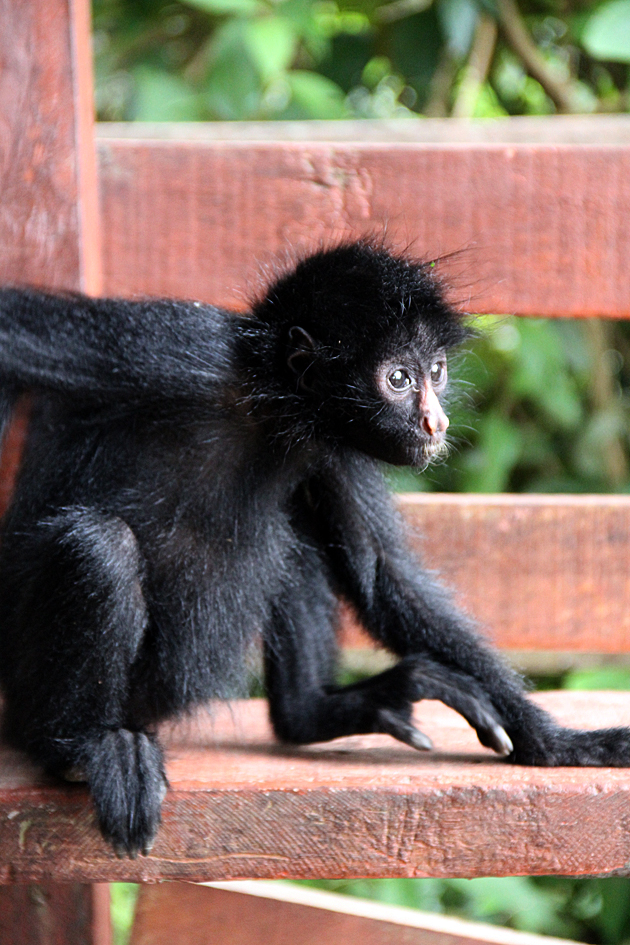
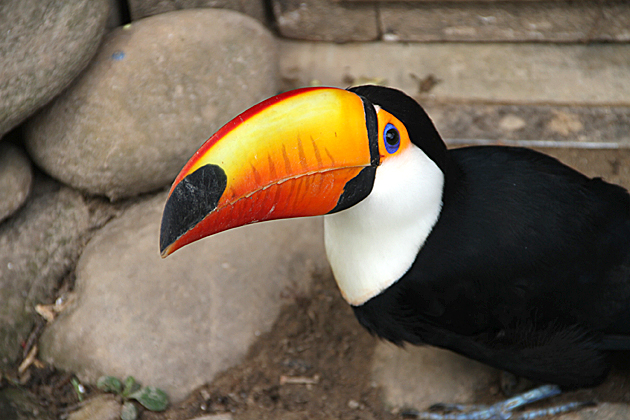
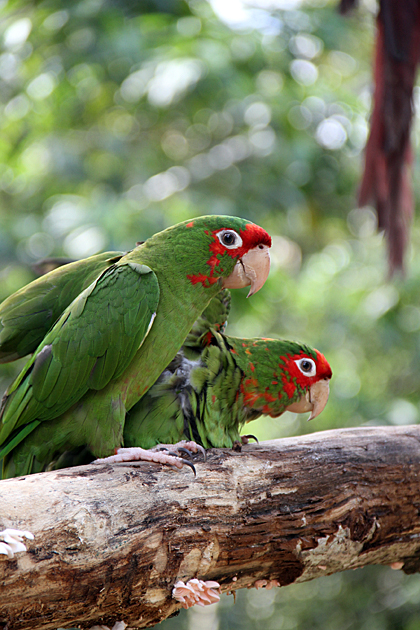

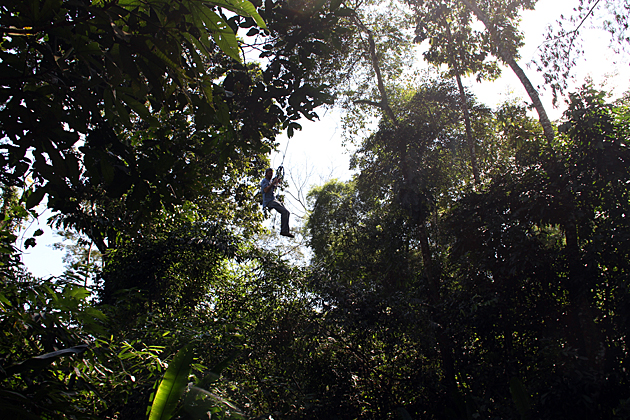
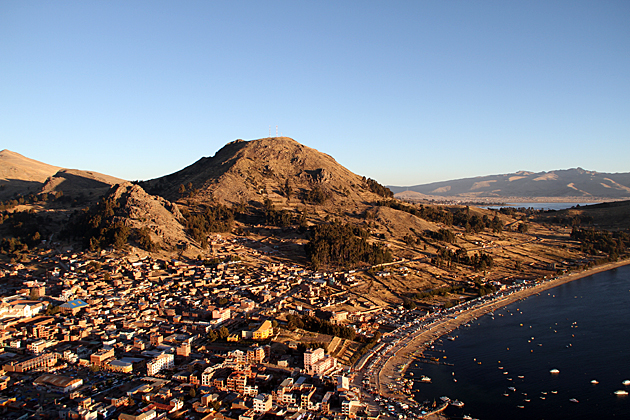
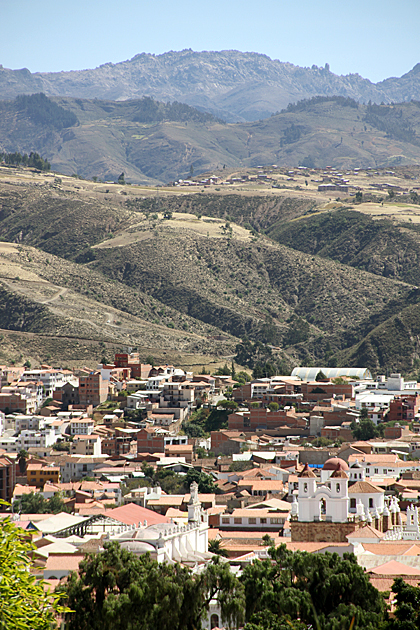
I’m in no way condoning their behavior because something sure does sound fishy to me – but for the record, MANY non-profits charge volunteers for the right to volunteer.
I work with the UK charity arm of Inti Wara Yassi and wanted to clarify some of the points made in this article, I hope this comment is published.
CIWY’s history and work is quite unique, and it is often lack of understanding of the whole story which can lead to criticisms such as these. CIWY actually started out as a project to help children from the inner cities of Bolivia, with conservation being used as a tool to help engage them in positive activities. Parque Machia was an abandoned state park when they arrived (in 1996), and the local mayor agreed they could use it as a base for their work. It wasn’t their intention to become a refuge for wild animals, but word had spread about their work (at the time with just 2 spider monkeys) and people started to bring unwanted pets and animals to the park, who were they to turn them away. It has since grown to needing three different parks in different parts of Bolivia and the animals keep arriving.
As the parks grew, they frequently asked for support and advice from conservation NGOs as well as the Bolivian government’s environment agency. Whilst many were ready to criticise their work, few ever offered to help, using lack of funds and time as the reason for their non-committal. As a result of this, CIWY has had to increase its technical knowledge largely on its own, and now has a team of vets and experienced technical staff at each of their parks. It is true that most of the volunteers which arrive are not experienced in animal care, but due to the lack of response from other parties, the parks would not be able to care for the 100s of animals which they have if it weren’t for the the tireless work of the volunteers (remember, CIWY doesn’t go out looking for more animals, they just keep arriving with nowhere else to go).
As for funding, we in the UK have been working for a number of years now trying to raise funds for the parks. And while we have been successful on a number of occasions (including support from the US based International Primate Protection League and the UK based Monkey Sanctuary), anyone who works in wildlife conservation will tell you that there are not piles of money sitting out there for this sort of work. The funds which the volunteers bring in are essential to help the park to survive but by no means cover all costs. US$100 a week, once the cost of the volunteer’s accommodation is taken out, doesn’t leave a great deal, and seeing as each puma will eat on average 2-3kgs (not including the cost of medicines etc.), there are plenty of costs to cover.
Furthermore, the park accounts must be presented to the Bolivian environment agency and the UK charity each year, and there is complete transparency in every penny that is spent.
Another misconception about the park is that it is there to rehabilitate all animals for release. This is not true, it is a wild animal REFUGE. Whilst they would love to have the technical support and the space to be able to release more animals, this isn’t the case, so in most cases the animals which live in the parks will never be able to be released. However. they will have a much better quality of life than they previously had in homes, circuses or destined for the pet trade.
Whilst some may argue this method is not an ideal one for conservation, CIWY has received the support and praise from highly regarded conervation bodies, such as those mentioned above which donated, as well as support from leading primatologist Jane Goodall who came to visit the parks in 2009 (Jane Goodall is in fact patron of CIWY’s UK charity). The parks are doing the best they can in the face of many challenges – limited resources, ever reducing space, constant new arrivals – and all this in a country where wildlife conservation is far from the top of the political agenda.
Animal care and conservation is an extremely emotive subject, and few people come to the parks of CIWY without having strong opinions on the “right” way to care for wild animals. Those who are able to spend enough time there to learn the full history of the organisation, the context in which it works and the achievements they have made since their formation in 1994 though, can appreciate the value of the work that is going on there.
If you are reading this, thank you to the original bloggers for giving us the opportunity to present another side to the story. Anyone who would like to learn more can contact us through our website.
thanks so much for sharing this. I was there 7 years ago and one of the things I was not prepared for was the heat and the humidity which, together with the overwhelming impressions of being with wild animals, made my body collapse and me back out on the second day of my stay. problem is ,that there are lots of backpackers on the way, who have no idea what to expect. all of themn just hear about it by word of mouth and all like the idea of volunteering here and working with wild animals they would never get in touch with in their home countries – but most of them don’t even bother to ask for more information. would there be better information or more time from the owners to answer requests online (was very poor in 2004 – might have improved lots by now), their work would be more fruitful. nevertheless, this is a wonderful spot in Bolivia, one of the best countries in the world to be in.
I am quite torn about this article… I’ve switched between agreeing with certain points and being furious at the insinuations herein!
I worked at the park as a volunteer, I am not a qualified vet, but I am VERY qualifies for animal husbandry and very knowledgeable. Yes there were some volunteers there who were more good intentions than knowledge or experience, but without these people what do you think would happen to these animals? While I was working there a monkey was brought in by someone who had seen it dressed up and dancing on chains in the village. He would have been doomed to stay there if it weren’t for the park… and if it weren’t for the volunteers then there would be no park.
There were 25-30 volunteers at the park while I was there and we all put in 13 hour days… where would you propose to find 25-30 vets to do the same free? …and yes, we ran with Tayras and jaguars and pumas… if it’s that or they sit in a cage and end up like poor quirqui all arthritic and a mess… I’d rather take the risk to give these animals that are too domesticated or damaged to be returned to the wild a chance to stay fit and enjoy their time. Humans violated them too much already, we owe it to them to help where possible.
So while I agree that it would be LOVELY for qualified vets to do this and for them to get the funding of the RSPCA, it’s not happening and these volunteers go above and beyond to ensure the animals have a better life. Why don’t you give it a try?
I’ve just finished reading through all these comments and im not really sure what to think now ahai came across this whilst looking up information because i would be interested in taking part in a program like this, and out of all the ones ive seen this one seems to be more appropriate for me…does anyone have any other reccomendations?
hi i m planning to go to one of these parks in bolivia such machia or inti wara yassi, i would like to be part of the animal voluntaring,i will travelling alone and i am a woman is it safe for me?anyone who can share their experience there with me?
thanking you
sylvana